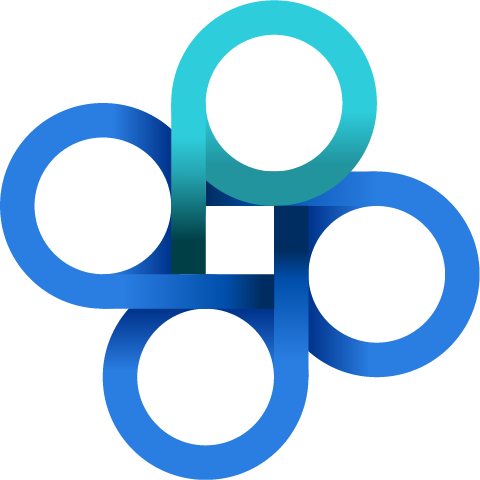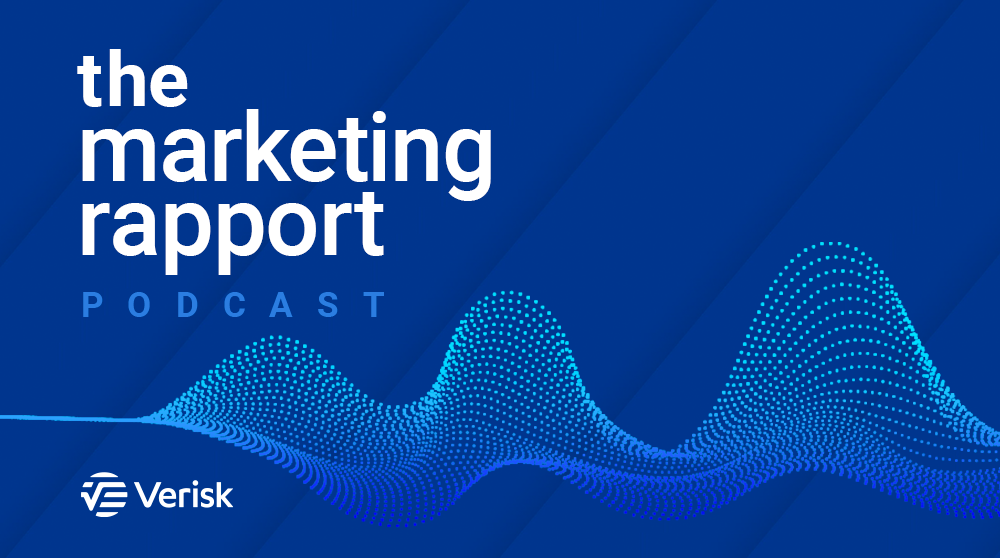3 Questions You Should Be Asking About Your Identity Graph
- What is an identity graph?
- How are identity graphs built and maintained?
- Three questions to consider when it comes to your identity graph
Using an Identity Graph Can Be a Game-Changer for Marketers
If you’re reading this, chances are you’re already familiar with what an identity graph is. But beyond its capabilities, the real value lies in understanding the data strategy behind building and maintaining one. From data ingestion to identity resolution, every step plays a critical role in ensuring accuracy, compliance, and actionable insights.
In today’s data-driven landscape, truly understanding your customers means more than just knowing their name or email address. It’s about connecting the dots across devices, channels, and behaviors to create a unified, comprehensive view of who they are and what they care about. This is where identity graphs become indispensable.
What is an Identity Graph?
An identity graph is a centralized database that stores various identifiers—such as names, addresses, emails, device IDs, and cookies—that correlate with individual consumers. It connects and unifies these identifiers across multiple sources, channels, or devices to create a comprehensive consumer profile.
This foundational data enables businesses to drill down deeper in their understanding of consumers and helps them to segment and target those audiences more effectively because they have a unified view of each individual consumer.
How is an Identity Graph Constructed?
Constructing an identity graph involves several key steps that ensure the data is accurate, connected, and actionable:
1. Data Ingestion
Data is collected from multiple sources, including public records, surveys, purchase transactions, online behavior, and third-party providers. These diverse inputs are brought into a central system for processing.
2. Data Cleansing
Before use, the data is cleansed to ensure quality:
- Data Hygiene: Fixing errors like typos or invalid formats
- Data Normalization: Aligning similar fields under consistent naming
- Data Standardization: Formatting names and addresses uniformly for matching
3. Identity Resolution
Identity resolution is the process of linking identifiers from multiple sources to the same individual, creating a single, unified profile. This step ensures that fragmented data such as emails, phone numbers, cookies, and device IDs all come together accurately for marketing and analytics. This process often uses two main approaches: deterministic matching and probabilistic matching.
Deterministic Matching: Deterministic matching relies on tangible, exact identifiers to confirm a 1:1 match. Examples include:
- Matching an email address and a phone number across two records
- Linking a loyalty account ID to purchase history
Because these identifiers are unique and verifiable, deterministic matching delivers high accuracy.
Probabilistic Matching: Used when exact identifiers aren’t available. Instead, it infers patterns and probabilities. For example,
- Two records share the same name, ZIP code, and similar browsing behavior
- Device IDs and IP addresses suggest the same household
This approach uses statistical models and machine learning to calculate the likelihood that two records belong to the same person.
Why Use an Identity Graph?
Identity graphs can help businesses understand who their customers are, how those customers are shopping, and how to best reach them. Key business use cases for leveraging identity graphs include:
1. Customer Acquisition:
- Find your ideal audience: Use identity data to define what your best customers look like—what are your key target demographics, and what are their interests? What types of shopping behavior are they exhibiting?
- Reach similar prospects: Identify and target people who share traits with your existing customers to build your book of business.
- Activate contact points: Connect with new prospects using verified and accurate emails, phone numbers, and addresses.
2. Retain, Upsell, and Cross-Sell Existing Customers
- Maintain consumer profiles: Consistently enrich CRM records with fresh data, like recent purchases or lifestyle changes.
- Personalize outreach: Tailor messages based on current interests and recent shopping behaviors.
- Improve ROI: Make marketing more efficient by targeting the right people with the right message at the right time.
3. Re-Engage Lapsed Customer or Older Prospects:
- Refresh records: Update old data to reflect current consumer attributes and interests.
- Reconnect meaningfully: Use enriched profiles to personalize re-engagement campaigns.
- Recover lost opportunities: Turn inactive leads into active customers with relevant offers and updated contact information.
The Data Quality Caveat
Whether you’re building your own identity graph or leveraging one from a data provider, data quality is foundational in any marketing activity you build around your data. An identity graph isn’t just needed for connecting identifiers. An accurate, clean, holistic identity graph ensures those connections are accurate, actionable, and responsibly sourced.
Here are a few questions to consider when building your own identity graph, or licensing one from a provider:
- Is the data holistic and representative of my audience?
- Was the data in this identity graph responsibly sourced? Is it responsibly governed?
- How can a data provider help me maintain a robust consumer view?
Verisk Marketing Solutions provides our award-winning Total Consumer Insights (TCI) consumer data set to help clients unlock the full potential of their data. TCI stands out for its depth and breadth of consumer attributes, including behavioral, demographic, and financial data—enabling precise segmentation and targeting.
Paired with our robust identity graph, which connects disparate data sources across devices and channels, we empower brands to confidently activate insights and engage with real people not just anonymous signals.









 Your Privacy Choices for Platform Services | Data Services
Your Privacy Choices for Platform Services | Data Services